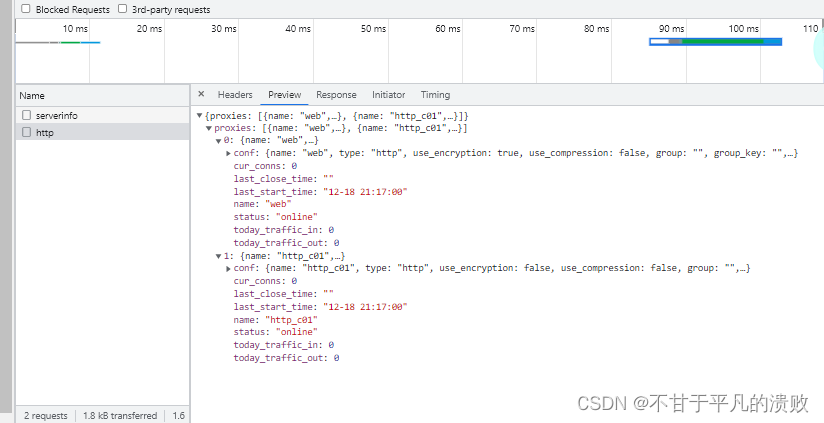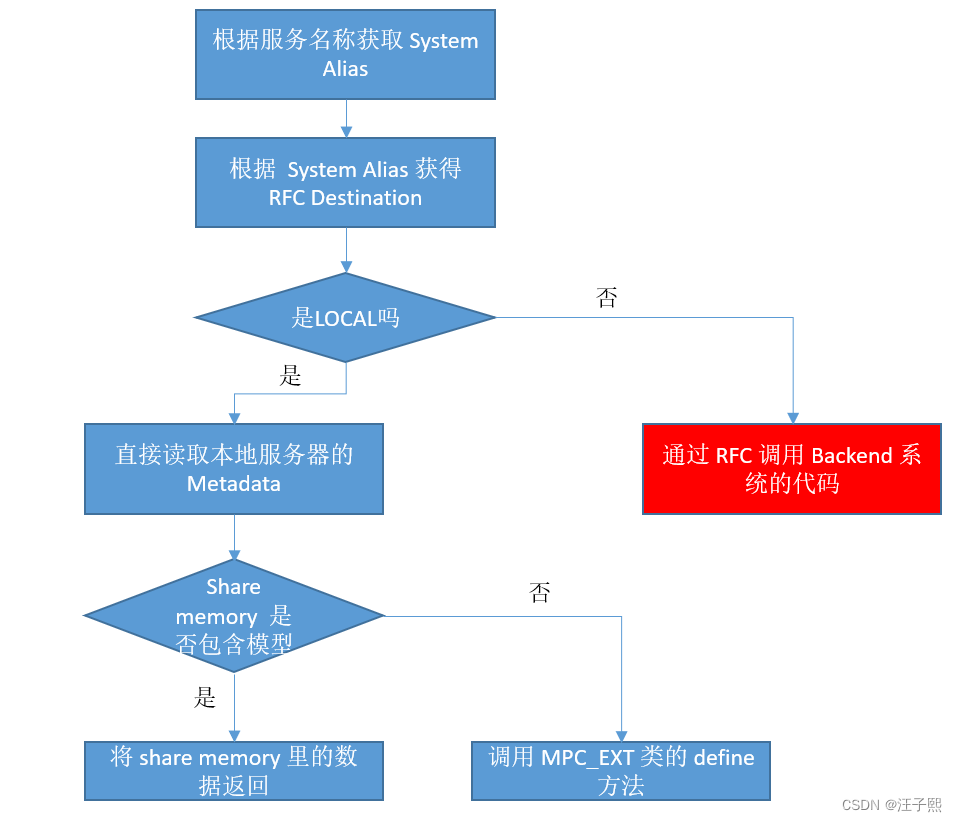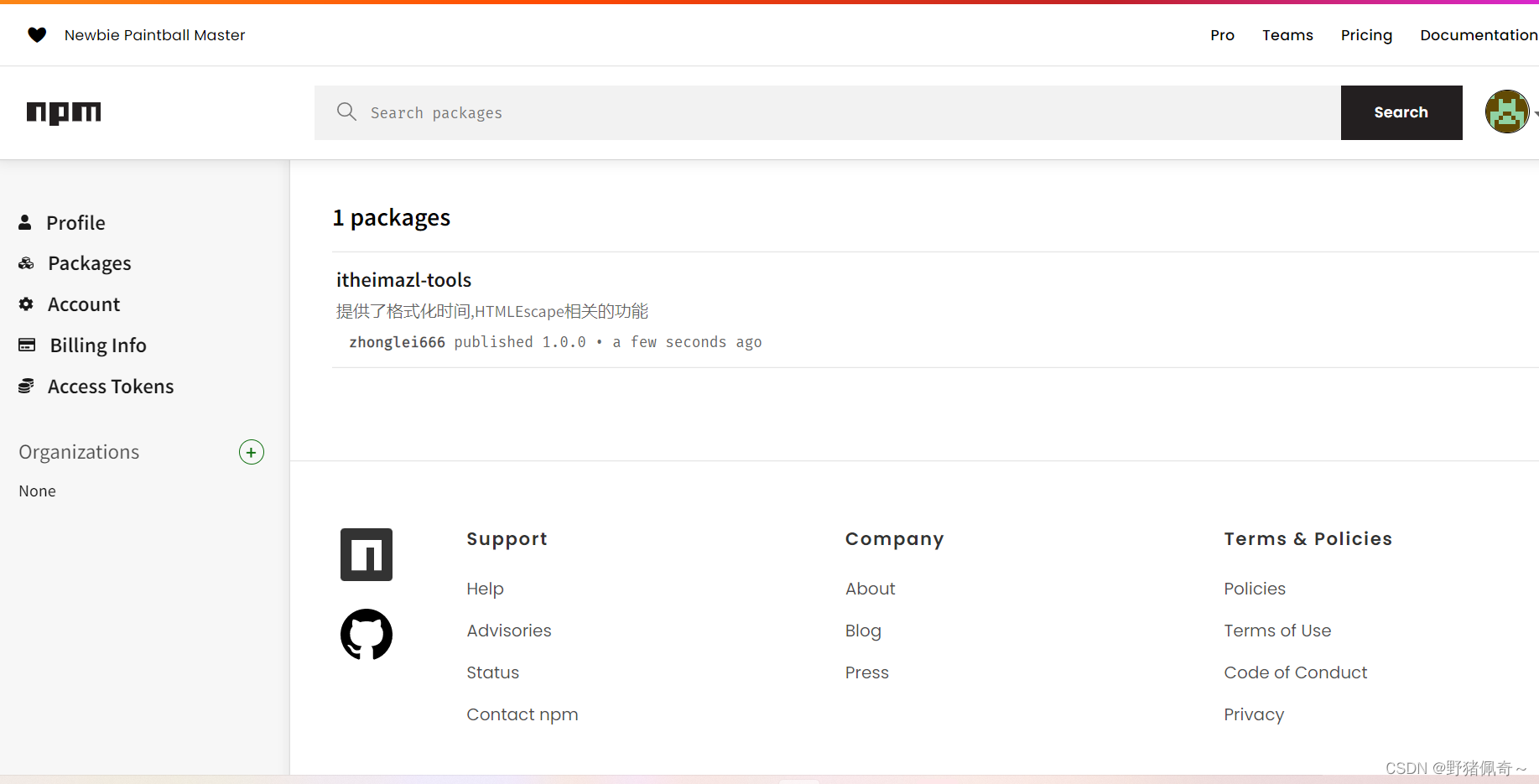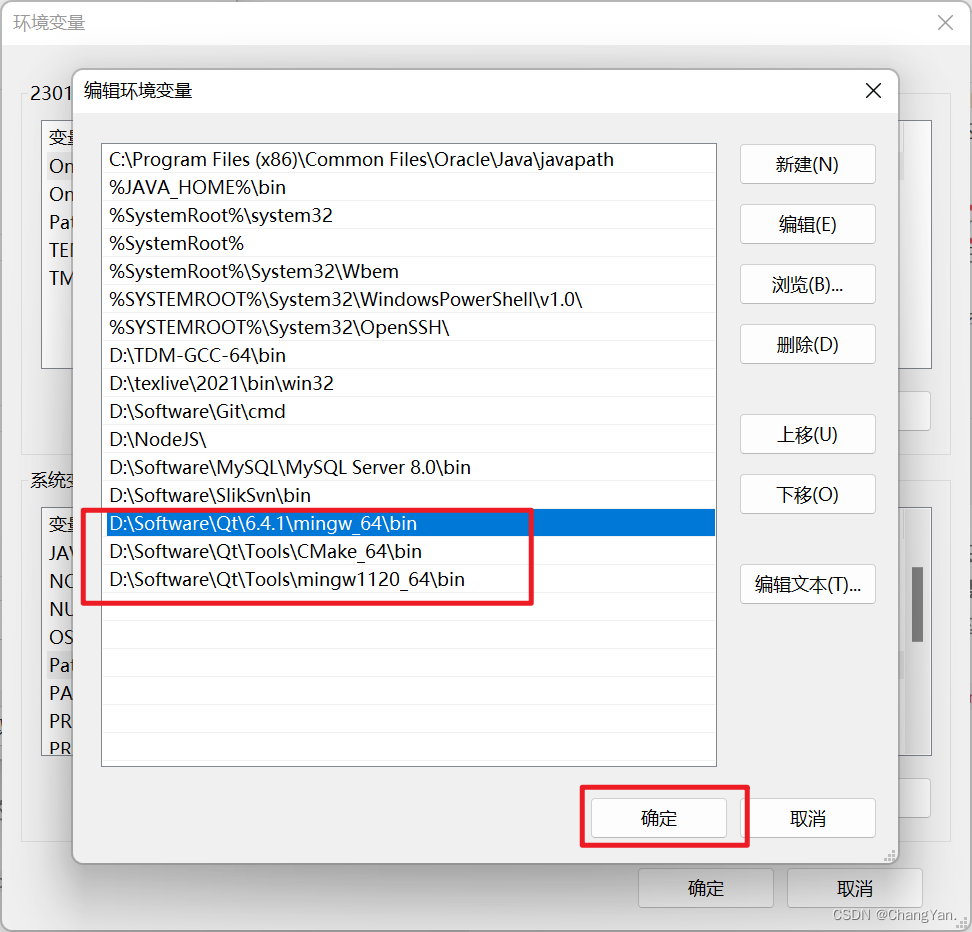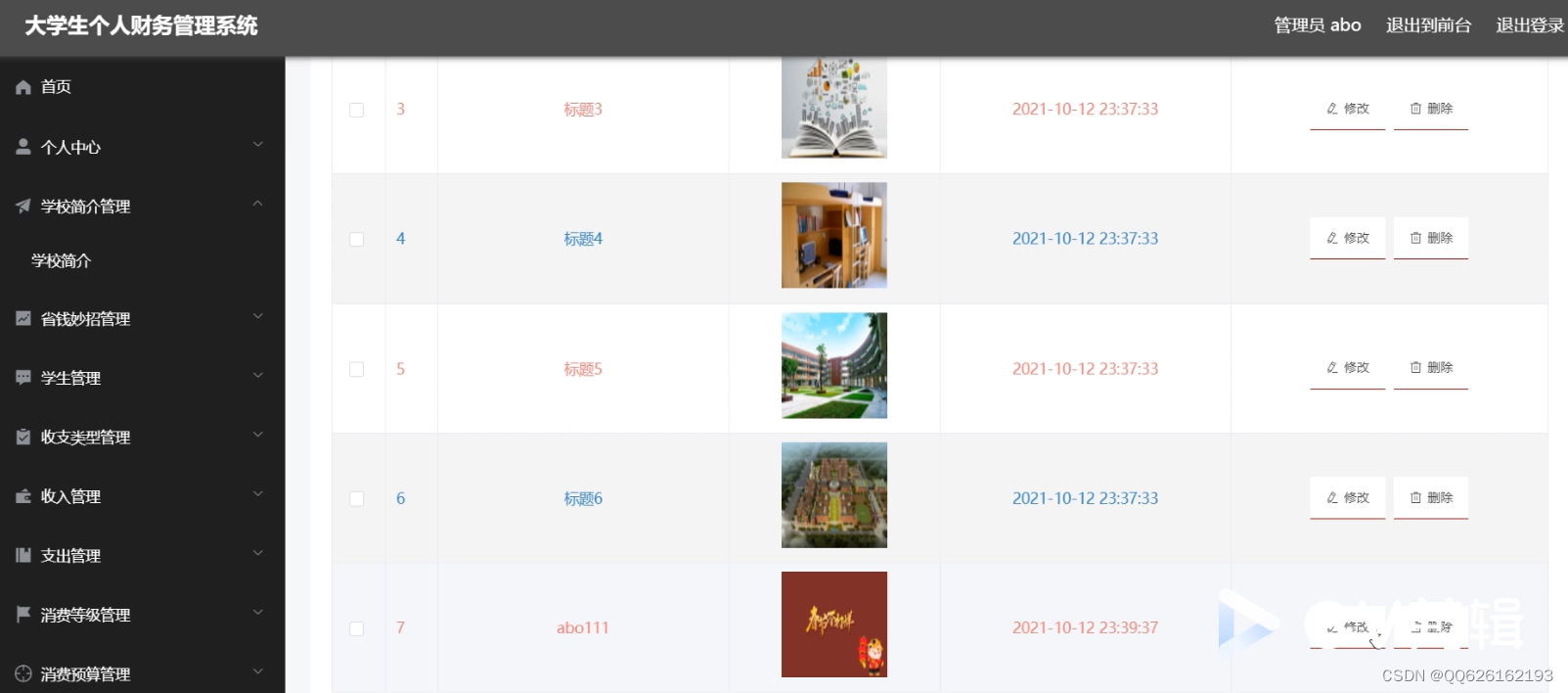介绍
大作业:使用MindStudio成功复现昇腾社区中的MindX SDK应用案例
选题:黑白图像上色 https://www.hiascend.com/zh/developer/mindx-sdk/case-studies/d0c56d6f-a6f9-4b77-8587-db8272f22f3b

步骤
运行
-
使用MindStudio打开下载到的工程文件
-
创建data、model、out文件夹
-
准备测试图片
这里从网上随机下载了一张照片,并用ps去色处理了一下,路径 data/test.png

-
使用Tools->Deployment->Upload to将工程文件上传到服务器
-
cd到项目根目录

-
下载model文件并解压缩
cd model wget https://c7xcode.obs.cn-north-4.myhuaweicloud.com/models/colorization_picture-python/dog.png --no-check-certificate unzip model.zip带上–no-check-certificate参数否则会报错
-
转换模型,得到coloriztion.om文件
cd ../scripts bash atc_run.sh -
运行
cd ../src python3 main.py ../data/test.png -
使用Tools->Deployment->Download from工具下载回本地
运行结果:(out_test.png)

原图:

-
增加二次元浓度再试一次

太为难这个模型了!
工程代码阅读
-
初始化StreamManagerApi并加载pipeline文件
streamManagerApi = StreamManagerApi() ret = streamManagerApi.InitManager() pipeline = b"../pipeline/colorization.pipeline" ret = streamManagerApi.CreateMultipleStreamsFromFile(pipeline) -
传入数据
st reamName = b'colorization' inPluginId = 0 key0 = b"appsrc0" protobufVec = InProtobufVector() protobuf = MxProtobufIn() protobuf.key = key0 protobuf.type = b'MxTools.MxpiTensorPackageList' protobuf.protobuf = tensorPackageList.SerializeToString() protobufVec.push_back(protobuf) uniqueId = streamManagerApi.SendProtobuf(streamName, inPluginId, protobufVec)将图像L通道的数据写入tensorVec中,用SendProtobuf发送给appsrc0元件
-
取出结果数据
key1 = b"mxpi_tensorinfer0" keyVec = StringVector() keyVec.push_back(key1) inferRes = streamManagerApi.GetProtobuf(streamName, inPluginId, keyVec) -
合成上色后的结果图
tensorList = MxpiDataType.MxpiTensorPackageList() tensorList.ParseFromString(inferRes[0].messageBuf) res = np.frombuffer(tensorList.tensorPackageVec[0].tensorVec[0].dataStr, dtype=np.float32) postprocess(res, inputPic, origShape, origL)
流程编排
-
从代码阅读中可以看出,图像的前处理和模型后处理都在Python代码中完成了,整个pipeline流程仅包含一次推理,加上输入输出

-
输入appsrc:设置block size为合适大小,案例中设置了409600
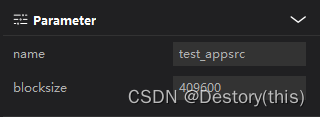
-
模型推理:设置模型文件路径…/model/colorization.om;同时还手动指定了dataSource为appsrc0
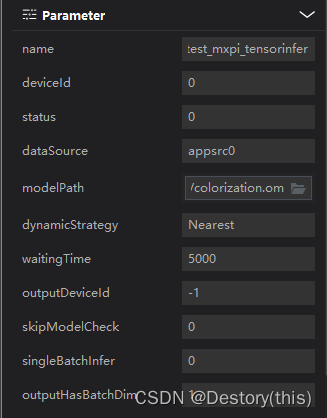
-
输出appsink, block size大小与输入元件一致
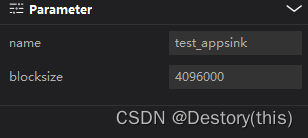
改一行
尝试给视频上色,仅需代码部分改一行,流程编排部分不需要改动
seq_list = []
temp_list = []
vc = cv.VideoCapture('../data/test.mp4')
c = 0
rval = vc.isOpened()
while rval:
c = c + 1
rval, frame = vc.read()
if rval:
cv.imwrite('../data/'+str(c) + '.png', frame)
seq_list.append('../data/'+str(c) + '.png')
temp_list.append('../out/out_'+str(c) + '.png')
else:
break
vc.release()
for pic in seq_list:
run(pic, streamManagerApi) #此处是原先代码中流的输入输出部分
os.remove(pic)
videoWriter = cv.VideoWriter('../out_video/out_test.mp4', cv.VideoWriter_fourcc(*'mp4v'), 30, (1280, 720))
for pic in temp_list:
img = cv.imread(pic)
img = cv.resize(img, (1280, 720))
videoWriter.write(img)
os.remove(pic)
videoWriter.release()
结果:


太为难这个模型了!
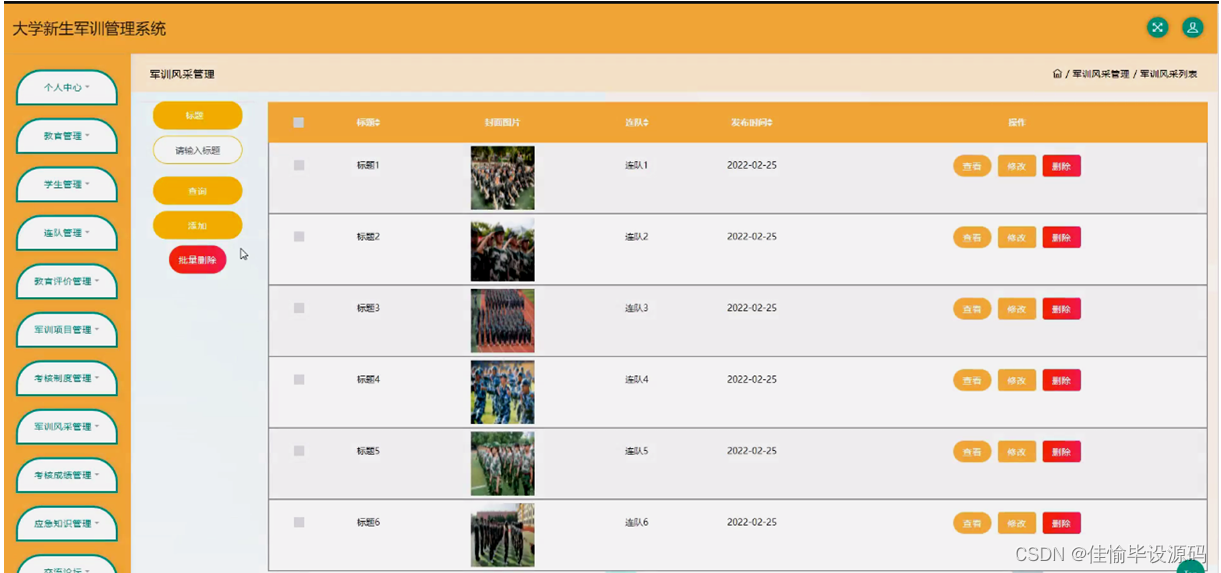
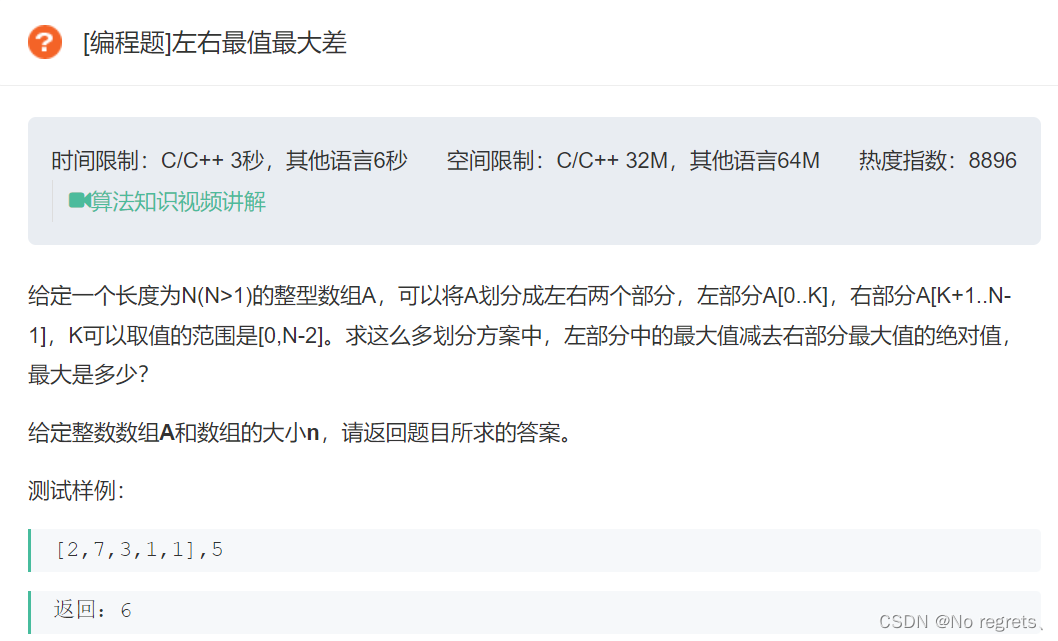
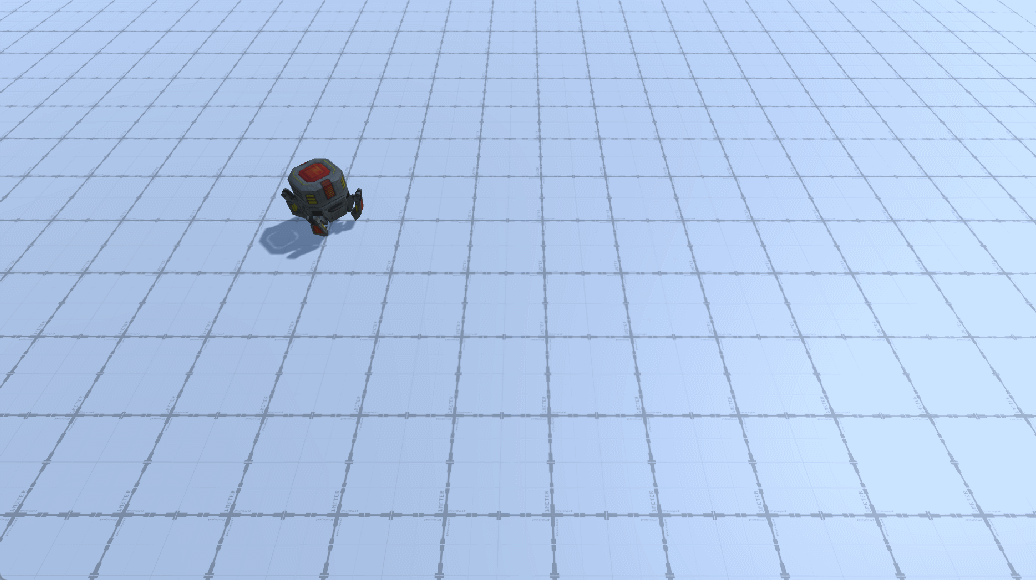


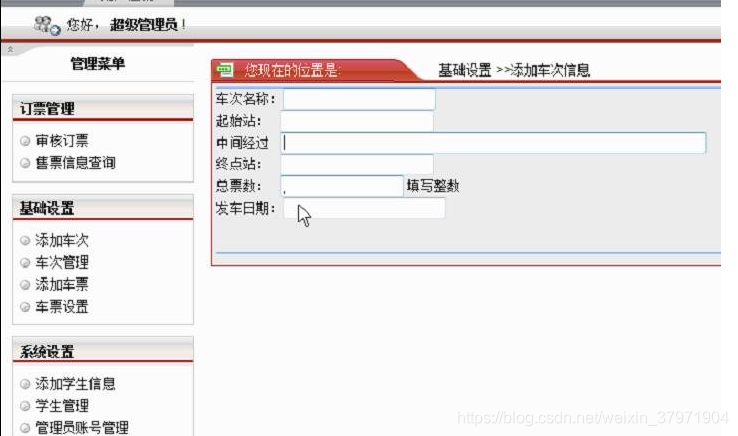


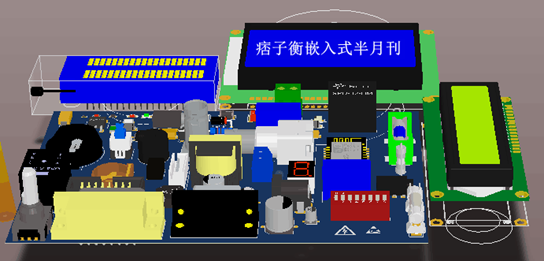


![[附源码]Node.js计算机毕业设计河南美丽乡村旅游信息网Express](https://img-blog.csdnimg.cn/37aaa2f439de4713bcd20e715e0625bf.png)
![[附源码]Nodejs计算机毕业设计基于远程协作的汽车故障诊断系统Express(程序+LW)](https://img-blog.csdnimg.cn/fff55294a4f74894921b682db8a7f52a.png)

